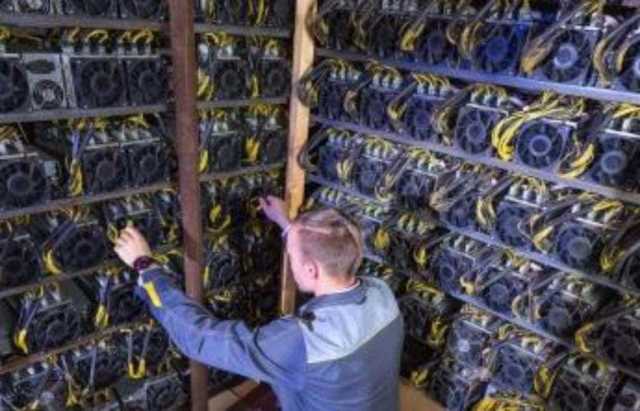
That can be anything from sending a transaction when a certain event takes place or loaning funds once collateral is deposited into a designated wallet. The smart contracts form the basis of all dapps built on Ethereum, as well as all other dapps created across other blockchain platforms. Its programmable Ethereum Price History blockchain lets users securely verify and execute code using smart contracts and decentralized applications. This differs from bitcoin, which has a limited capacity to run smart contracts. Smart contracts are software applications that run automatically on the blockchain when specific conditions are met.
How to buy ethereum online

He also highlighted the complications brought about by the shift to smart contract wallets, particularly from the user experience perspective when handling multiple addresses. Lastly, Buterin underscored the necessity of improved privacy through enhanced identity, reputation, and social recovery systems. Achieving all three transitions simultaneously will prove “challenging”, Buterin admits, due to the intensive coordination required among these aspects.
What Is Ethereum’s Shanghai Upgrade?
- Not to mention, you can also purchase ETH on any DEX on the Ethereum network, as well as in peer-to-peer transactions.
- The live price of Ethereum (ETH) is updated and available in real time on Binance.
- This has the potential to make Ethereum deflationary, something ETH holders are excited about — a potential appreciation in Ethereum price today.
- Staked ETH will not be withdrawable immediately after the Merge — it will only be enabled after the Shanghai upgrade, estimated to be 6 to 12 months later.
- This is possible thanks to the Beacon Chain going live in December 2020, which allowed staking.
- On the Ethereum blockchain, this is paid in ETH, even though the relevant transaction may not be a transfer of the same token.
This transition fundamentally altered Ethereum’s operation, eliminating the necessity for mining new blocks since the network is now safeguarded using staked ETH and validators. The Ethereum Foundation asserts that the shift from PoW to PoS cuts Ethereum’s energy usage by a striking 99.95%. The Shanghai/Capella (“Shapella”) Upgrade is a hard fork that will implement five EIPs — the most anticipated being EIP-4895, which will enable withdrawals. Shanghai is the hard fork’s name on the execution layer, while Capella is the name on the consensus layer.
How staking works on Ethereum
Ethereum’s developers justify this by not wanting to have a “fixed security budget” for the network. Being able to adjust ETH’s issuance rate via consensus allows the network to maintain the minimum issuance needed for adequate security. The primary objective of Artemis Coin is to attract a diverse range of users and successfully reach its ambitious objectives. With the continuous development of the digital currency market, Artemis Coin has the potential to become a major player in the industry.
These blockchains are attracting user interest because they offer lower transaction fees and higher transaction throughputs than Ethereum. Just like any other technology, Ethereum isn’t immune to criticism. One popular critique focuses on Ethereum’s scalability issues.

Also, the switch to PoS has led to validator centralization concerns. Based on this pre-Merge data, over 60% of staking was concentrated among a few staking platforms. Moreover, hours after the Merge occurred, Coinbase and Lido added more than 40% of the blocks to the network. Ethereum’s security could be compromised when a few entities control the majority of the staking market share.
Does Ether have a future?
It is essentially the Web3 version of DNS, short for domain name service. But 2023 brought a new rally and more optimism from investors. That carried into 2024, with the Securities and Exchange Commission approving several bitcoin spot exchange-traded funds in January. It can run a variety of applications for socializing, gaming, gambling and decentralized finance. The network also houses nonfungible tokens, which represent ownership of unique digital assets.
- The distribution of stimulus funds and low interest rates meant many Americans had money to speculate.
- In 2022, Ethereum renamed its transition from proof-of-work to proof-of-stake from Ethereum 2.0 to The Merge.
- The Ethereum network can be used by anybody to create and run smart contracts, which are software programs that run autonomously, without user intervention.
- A cold wallet offers more safety and security but less convenience.
- Ethereum nearly cracked $5,000 at the end of 2021, hitting $4,891.70 on Nov. 16, 2021.
- Ethereum has pioneered the concept of a blockchain smart contract platform.